When Peter Jackson announced that he’d be heading up the theatrical remake of JRR Tolkien’s Lord Of The Rings prequel, The Hobbit, the response was one of excitement. When it was announced that it was being made into a trilogy, the response was one of confusion, and when the films finally came out, the response was a mixed bag of confusion, disappointment, and joy.
In his transformation of the book into a trilogy of big-budget Hollywood action blockbusters, Jackson took a few creative liberties, changing a whole host of things from the book. Here are ten.
10 The Length
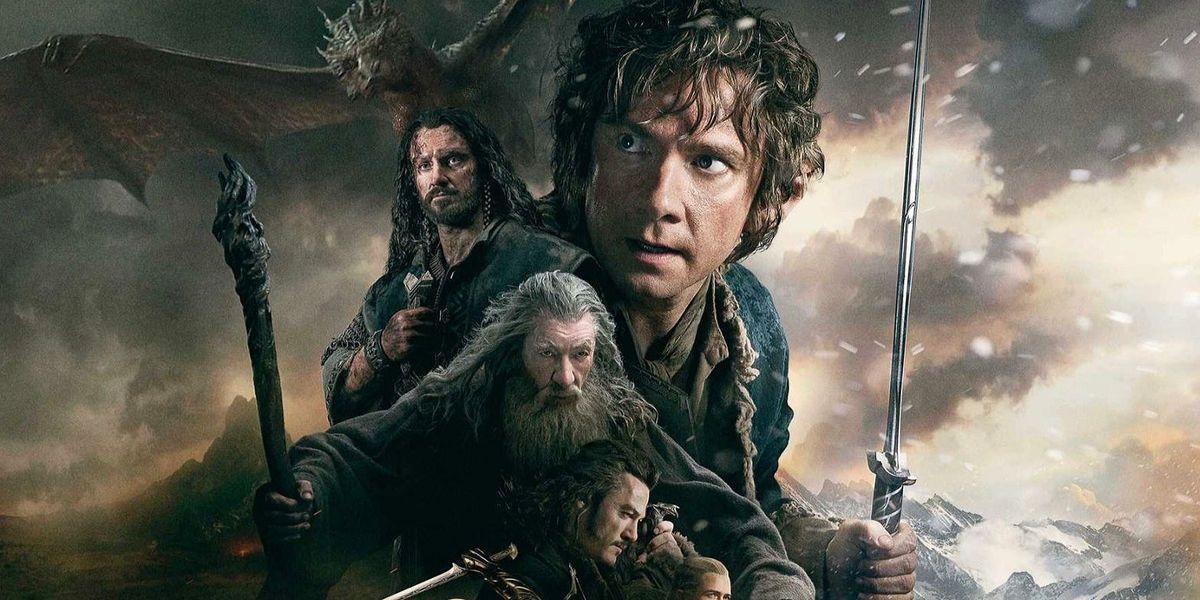
The most obvious of all. If you’ve read it (or even seen it on a shelf somewhere), you’ll know that The Hobbit is a rather short book, especially in comparison to the mammoth Lord Of The Rings trilogy. How, then, did Peter Jackson manage to ring out nearly nine hours’ worth of film content?
By placing various amounts of filler in between real moment from the book, is the blunt answer. Leaving The Hobbit as one film and then separating each of the incredibly long extended editions of the Lord Of The Rings films into two theatrical releases seems like it would have been a better idea.
9 The Prologue

The world of Lord Of The Rings is a particularly complex, often borderline nonsensical one. As such, that little bit of background from the start of The Fellowship Of The Ring is an absolute God-send. We are given something very similar at the start of The Hobbit, and even though it didn’t happen in the book, it does actually help get a grasp on the world before diving in.
8 The Presence Of Radagast The Brown
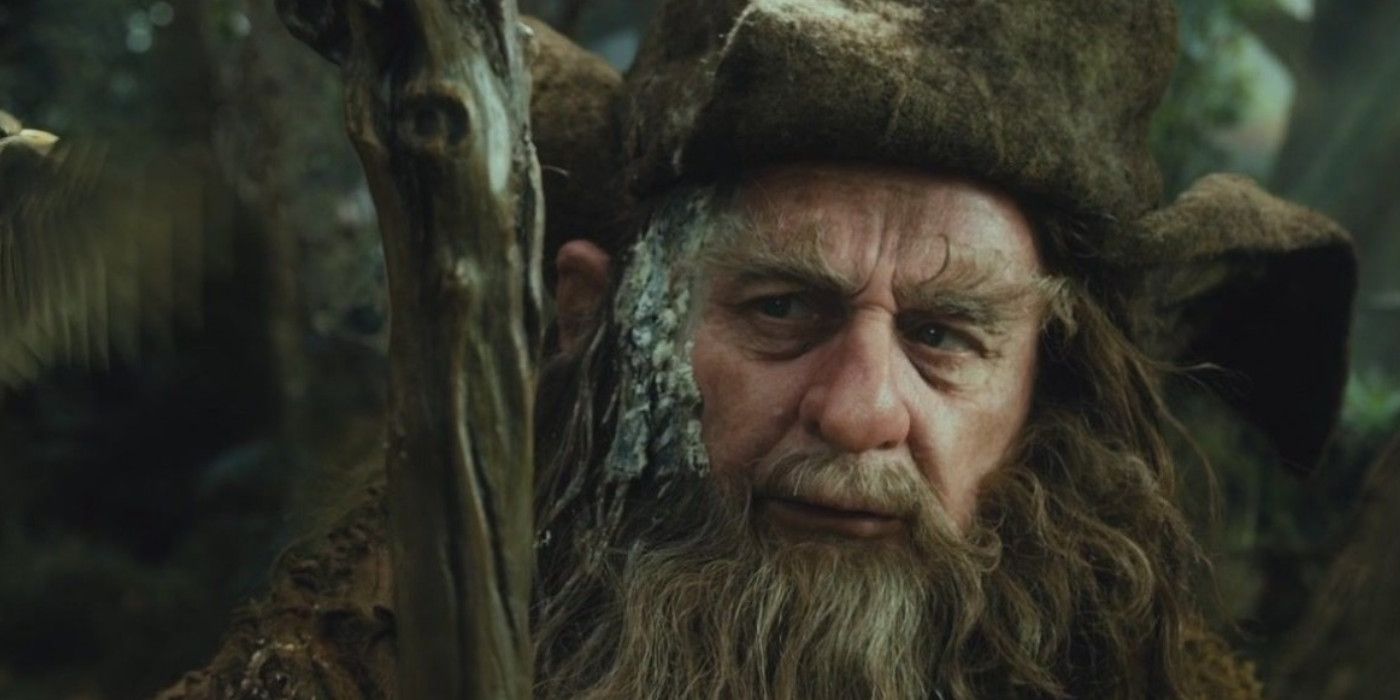
In The Hobbit, JRR Tolkien mentions a wizard named Radagast The Brown only a couple of times. He is one of the five wizards of Middle Earth. In the film, Peter Jackson expands on his role hugely, allowing him to interact with the likes of Gandalf and Bilbo, while starring in his own scene in which he helps avert a group of goblins from following the main characters.
He also provides a little comic relief as an innocent, eccentric and bumbling character. Obviously, this part of his personality never came across through Tolkien’s brief mention of his existence.
7 The Presence Of Tauriel
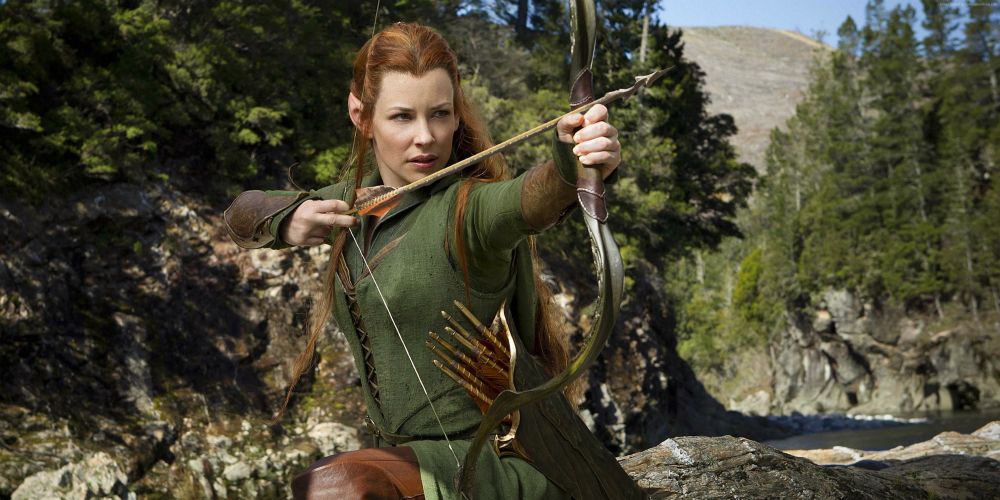
Played by Lost’s Evangeline Lilly, Tauriel is a character exclusive to the film adaptation of The Hobbit. The isn’t in any of the Lord Of The Rings films, the first Hobbit film, or the book at any point. It seems that she was created to provide a strong, relatable female character that doesn’t really exist in The Hobbit book, and considering her performance was highly praised across the board, it was a move that went rather well.
6 The Presence Of Azog
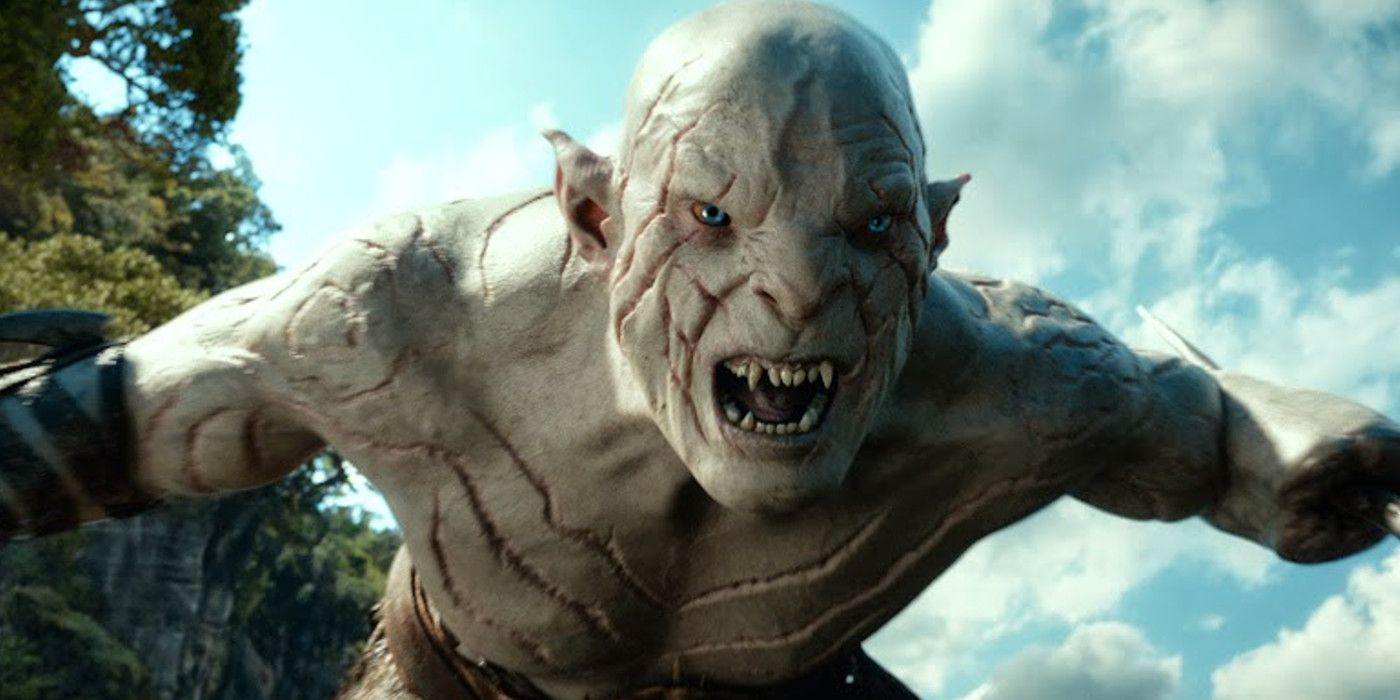
The character of Azog does exist in the lore of the Lord Of The Rings universe as created by JRR Tolkien in the early 20th century. However, according to Tolkien’s portrayal of the character, he was beheaded by Dain long before the events of The Hobbit took place. Jackson decided to keep the character alive, with one arm missing instead, and as such, he is one of the main antagonists in the trilogy. After causing havoc throughout all three films, he finally meets his end at the hands of Thorin.
5 The Presence Of Legolas
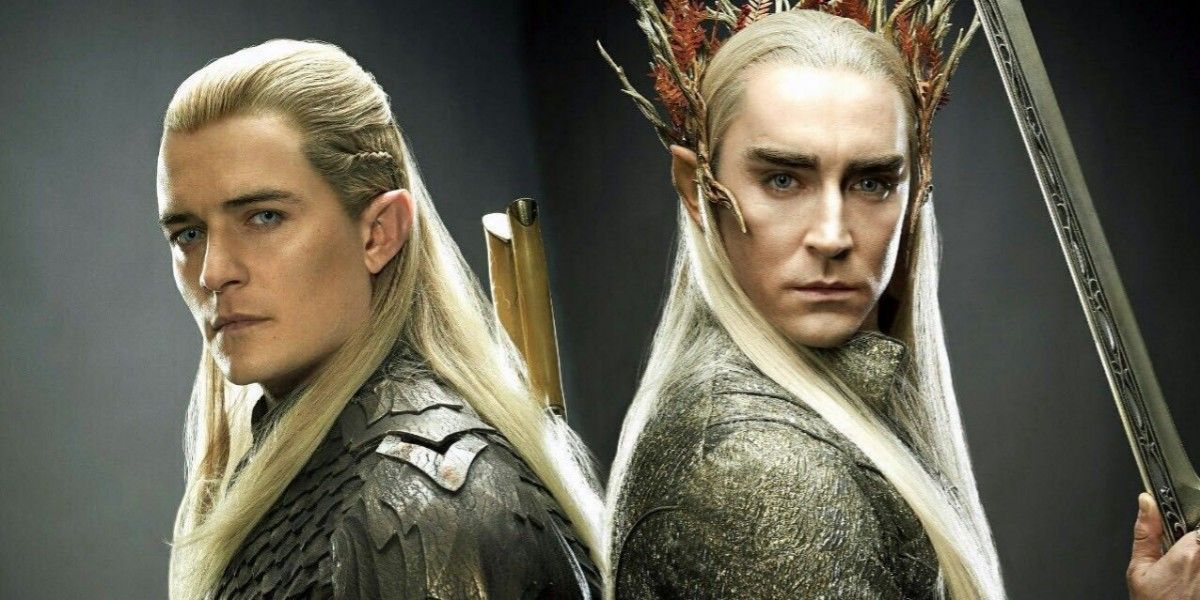
In commitment to fan service, Peter Jackson had to make sure there was a bit of consistency between The Hobbit and Lord Of The Rings, even if The Hobbit is a prequel. Being dealt a set of characters with the ability to live for thousands of years was a bit of a gift to the director, as it allowed him to pull Orlando Bloom’s powerful elf Legolas into the story. As such, we see the character in both The Desolation Of Smaug and The Battle Of The Five Armies, in which he pulls off his fair share of Orc killing. He doesn’t appear in the book at all.
4 The Barrels
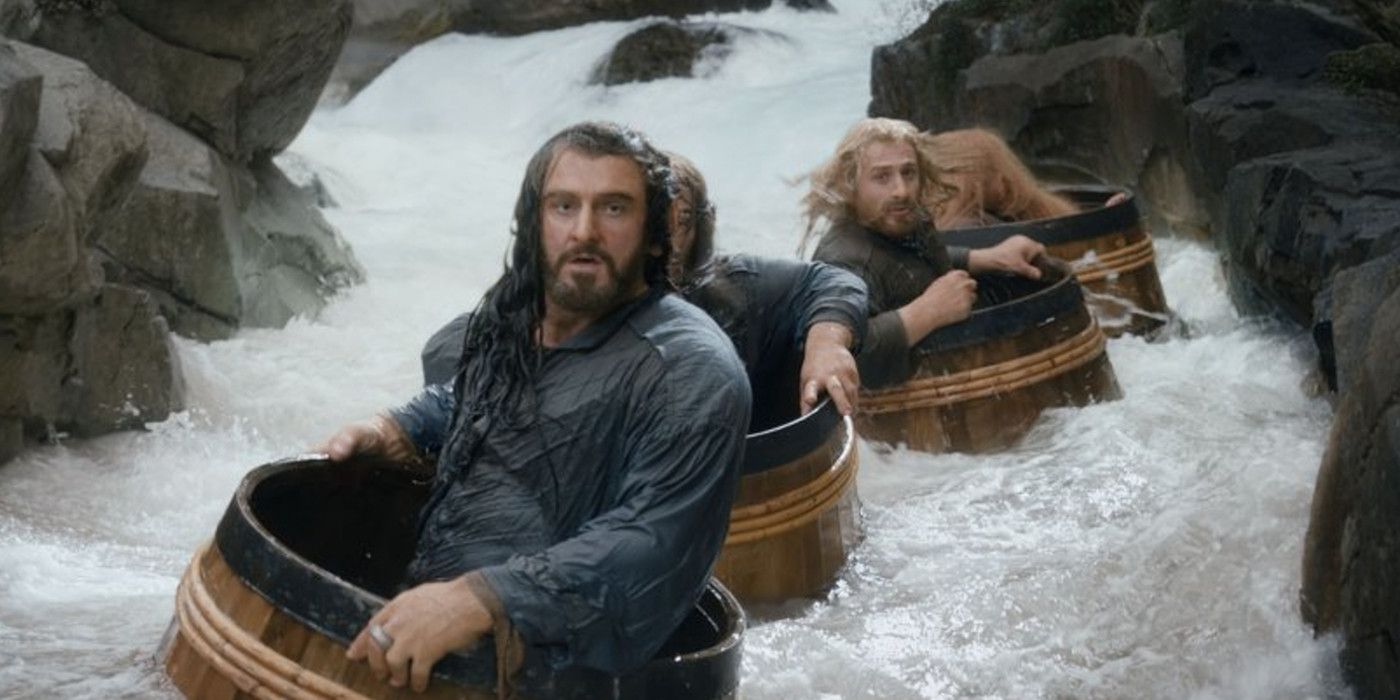
It might not be as important or storyline-impacting as many of the changes in this list, but it’s still a marked difference. When the dwarves escape the hall of the elven king, they float away down a river using barrels as boats. In the books, these are sealed, which seems like a pretty dangerous game if one of them was to start leaking...
The films fix this potential disaster by making the barrels open, with the dwarves sitting in them. This also allows for a more visual connection to the scene, as we know which dwarf is situated where.
3 The Frodo Cameo
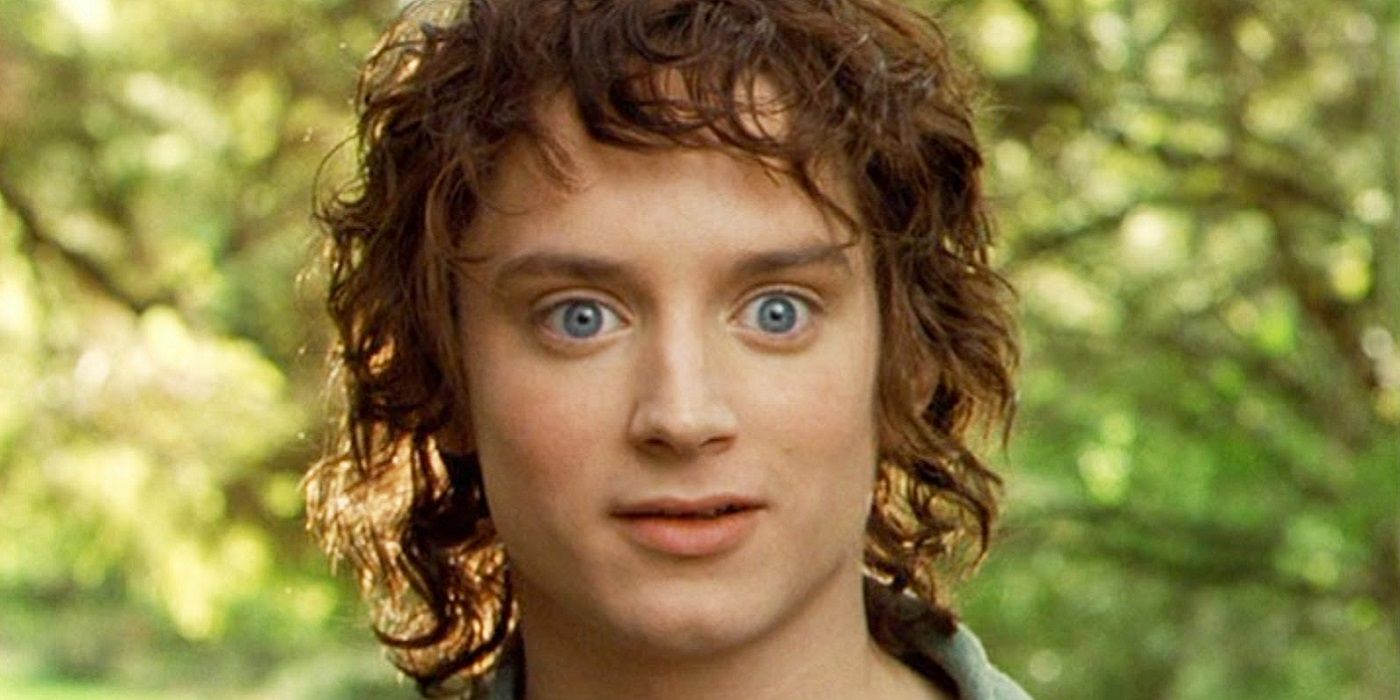
One of the more pointless moments in The Hobbit shows Elijah Wood’s Frodo Baggins appears, with Bilbo telling him a very rough version of an adventure from a long time ago. Obviously, at the time of The Hobbit, Lord Of The Rings didn’t even exist, so the character of Frodo made no appearance. In fact, Tolkien’s version of this was the reverse. At the start of The Fellowship Of The Ring, it is likely that the opening scene in the shire was built around the aging Bilbo in order to glean some connection to the previously release Hobbit book.
2 The Dwarf Deaths
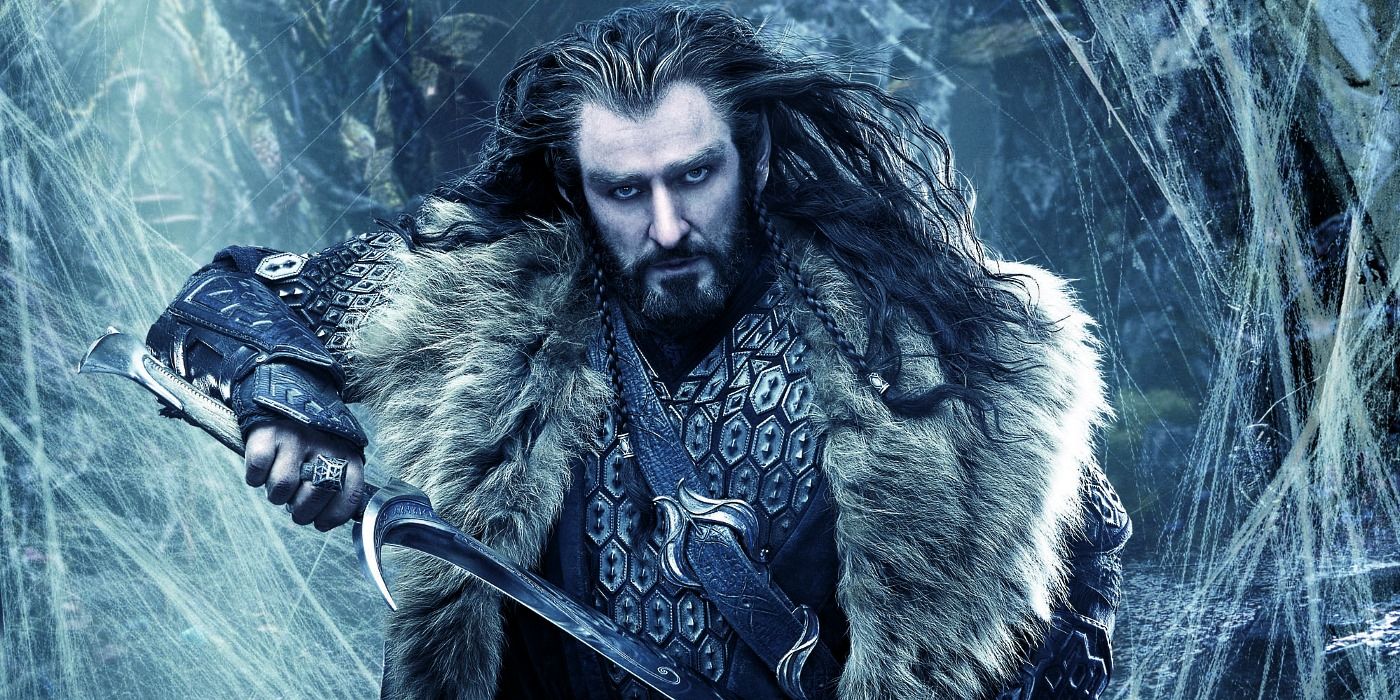
One piece of storyline consistency between The Hobbit and Lord Of The Rings is the death of Kili, Fili and Thorin. However, the way they died in the films quickly became a point of contention amongst LOTR fans. The films show the three being slaughtered rather brutally in an ambush, giving their characters a slightly less respectful end in the book. The book sees them charge into a battle they know they won’t survive, dying as brave heroes.
1 The History Of Sting
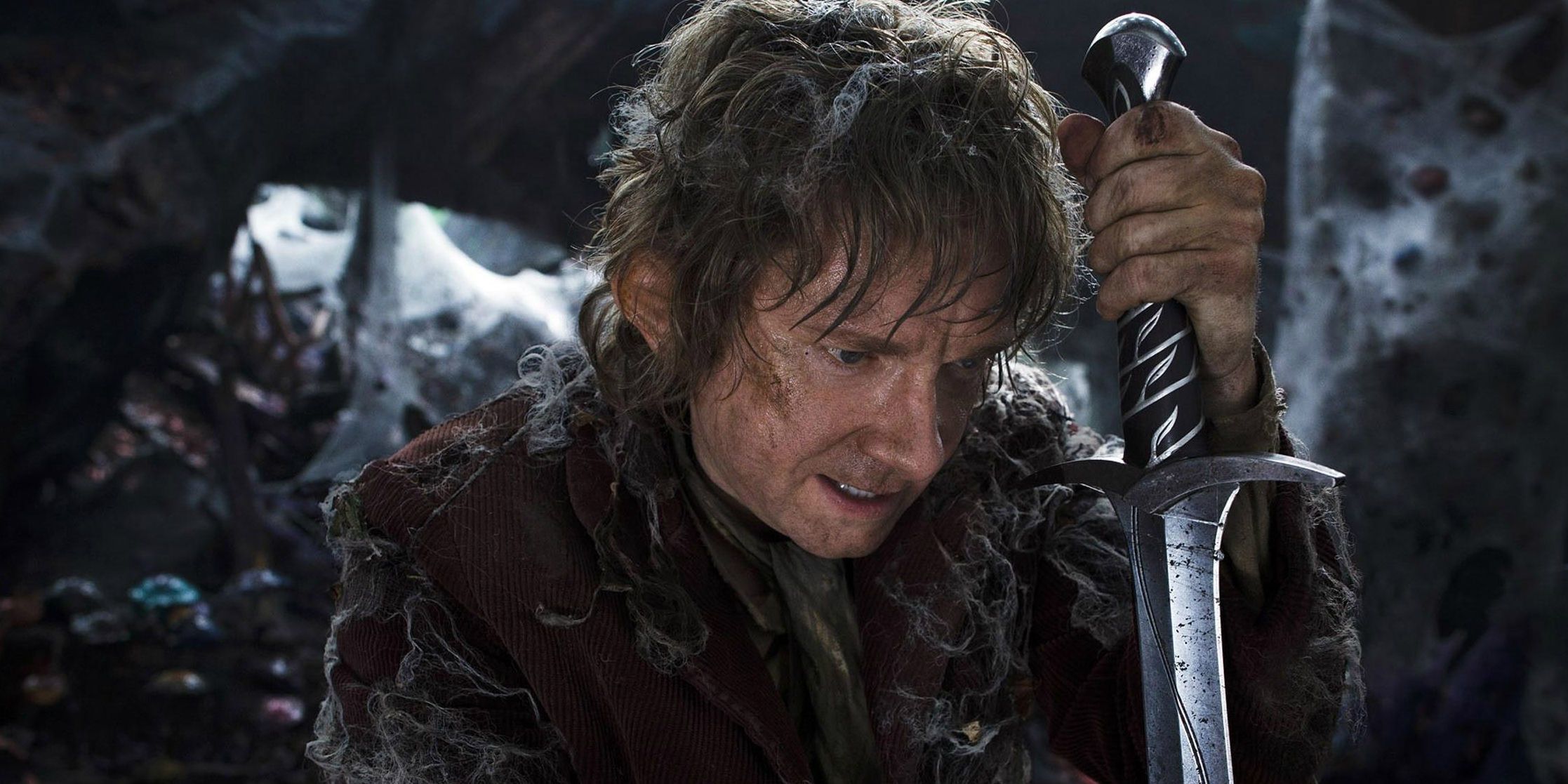
It seems the impact of this particular moment from the book might not have been noticed by Peter Jackson, otherwise, he probably wouldn’t have changed it. Bilbo finding, choosing and naming his sword Sting was a pretty important piece of development for the character. In the film, he is simply given it by Gandalf after he finds it on the floor. Certainly not as cool.
from ScreenRant - Feed https://ift.tt/2VTXDU4





No comments: